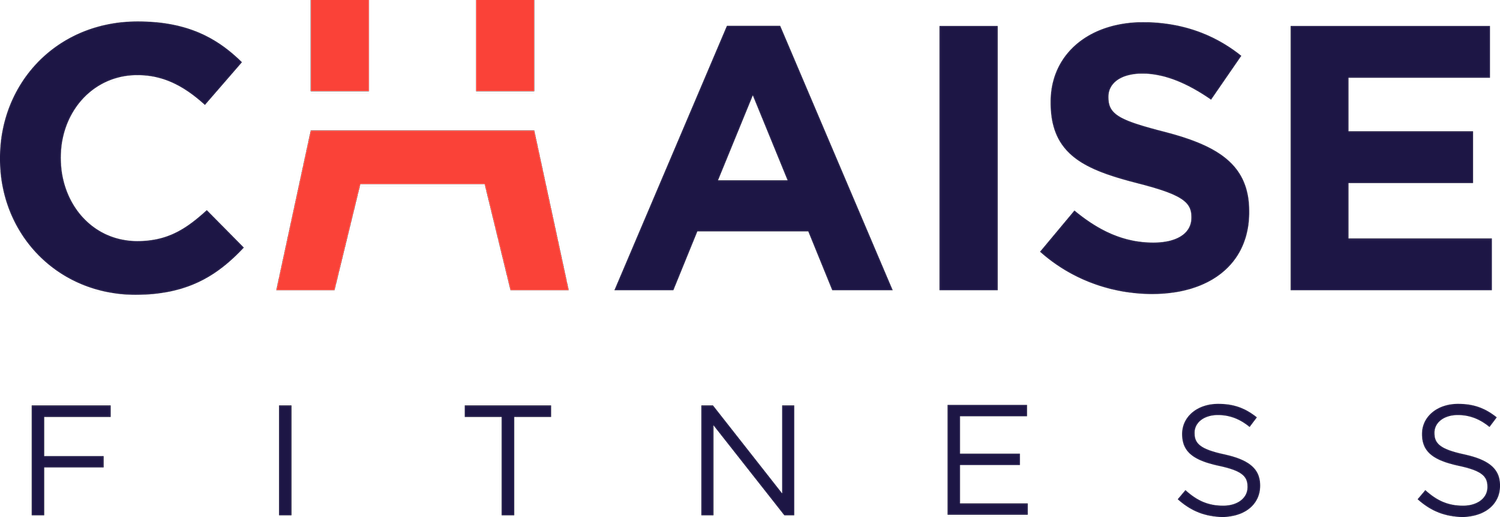How Pilates Helps Strengthen Your Pelvic Floor
Many people think of Pilates as a way to achieve lean muscles, better posture, or a stronger core. But there’s another major benefit that often flies under the radar: improved pelvic floor health. At ChaiseFitness, where we blend classical Pilates principles with strength training and resistance-based workouts, we’ve seen firsthand how our approach helps people improve their pelvic floor strength, stability, and function.
Whether you’re recovering postpartum, looking to prevent injury, or simply seeking better core control, understanding how Pilates strengthens the pelvic floor can transform your workout—and your everyday life.
What Is the Pelvic Floor, and Why Does It Matter?
Your pelvic floor is a group of muscles located at the base of your pelvis. Think of it as a hammock or sling that supports your bladder, bowel, and, in women, the uterus. These muscles play a crucial role in:
Core stabilization
Bladder and bowel control
Sexual function
Postural alignment
When your pelvic floor is weak or imbalanced, it can lead to issues such as urinary incontinence, back pain, or reduced core stability. This is where Pilates comes in.
The Pilates Approach to Core and Pelvic Floor Integration
One of the foundational principles of Pilates is building strength from the “inside out.” Rather than focusing solely on surface-level muscles, Pilates works the deep core stabilizers—including the pelvic floor.
At ChaiseFitness, our unique Pilates-based method activates these muscles through controlled movement, resistance, and alignment cues. Each class is designed to improve coordination between your diaphragm, transverse abdominis, and pelvic floor, creating a powerful and balanced core.
5 Ways Pilates Strengthens Your Pelvic Floor
1. Deep Core Engagement with Every Move
In Pilates, every movement is initiated from the core—what Joseph Pilates referred to as the “powerhouse.” This includes your abdominal muscles, diaphragm, back muscles, and pelvic floor. When you’re cueing your body to draw in your navel or stabilize your spine, you're also subconsciously engaging your pelvic floor.
At ChaiseFitness, our trainers guide you to engage these muscles during both mat-based and resistance-chair exercises, helping you build strength and control from the inside.
2. Breathwork That Supports Pelvic Floor Function
Pilates breathwork isn’t just about staying calm—it’s a tool for activating deep core muscles. Inhale to expand the ribcage; exhale to engage the core and lift the pelvic floor. This natural coordination between the breath and pelvic floor helps retrain these muscles to contract and relax effectively.
When you breathe properly in Pilates, you’re not just oxygenating your body—you’re giving your pelvic floor a mini workout with every exhale.
3. Functional Movements That Build Muscle Awareness
Pelvic floor dysfunction often stems from lack of awareness. Many people don’t even know how to identify these muscles, let alone strengthen them. Pilates teaches functional, precise movement patterns that retrain your brain to connect with your body.
In ChaiseFitness classes, our resistance-based exercises challenge balance and alignment, requiring constant core engagement and pelvic floor control. This builds neuromuscular awareness that carries into daily life—think better bladder control during a sneeze or improved posture while sitting at your desk.
4. Support for Postpartum Recovery
After pregnancy, the pelvic floor often needs rehabilitation. Traditional crunches and high-impact workouts can do more harm than good if the pelvic floor is weak or compromised.
Pilates provides a safe, low-impact way to rebuild strength postpartum. At ChaiseFitness, we offer tailored modifications and supportive instruction to help new moms restore pelvic floor function, regain control, and safely return to exercise.
5. Improved Alignment and Posture
Poor posture can put unnecessary pressure on your pelvic floor muscles. Pilates emphasizes spinal alignment and neutral pelvis positioning, which relieves strain and promotes proper engagement of the pelvic floor.
Our ChaiseFitness workouts, which include vertical resistance chair routines and dynamic flexibility training, reinforce strong postural habits while giving the pelvic floor muscles the support they need to function optimally.
Signs You Might Benefit from Pelvic Floor Strengthening
Not sure if your pelvic floor needs attention? Here are some common signs:
Leakage when you cough, sneeze, or exercise
Frequent urge to urinate
Lower back or pelvic pain
Difficulty with core engagement
Feeling of heaviness or pressure in the pelvic area
If any of these sound familiar, incorporating Pilates into your fitness routine—especially at a studio like ChaiseFitness—can make a significant difference.
Why Choose ChaiseFitness for Pelvic Floor Support?
Our signature method at ChaiseFitness goes beyond traditional Pilates. By combining resistance training, Pilates-based movement, and expert instruction, we help clients of all backgrounds strengthen their pelvic floors in a supportive, full-body workout setting.
We also prioritize personalized guidance. Whether you’re new to Pilates, recovering postpartum, or simply want to improve your core function, our trainers are here to help you move safely and effectively.
Start Strengthening Your Pelvic Floor Today
Pelvic floor health is about more than just fitness—it’s about feeling strong, confident, and in control of your body. With Pilates, you can build strength and awareness where it matters most.
Ready to experience the benefits of a stronger pelvic floor? Join us at ChaiseFitness and discover how our signature workouts can help you feel stronger from the inside out.
Explore our classes today at ChaiseFitness.com and take the first step toward a more balanced, empowered you.

